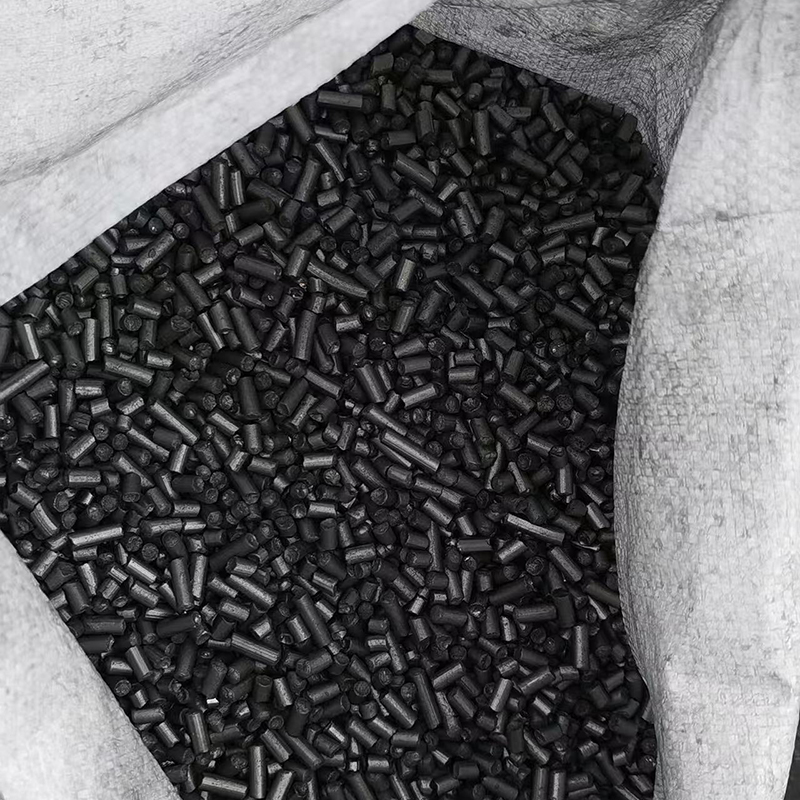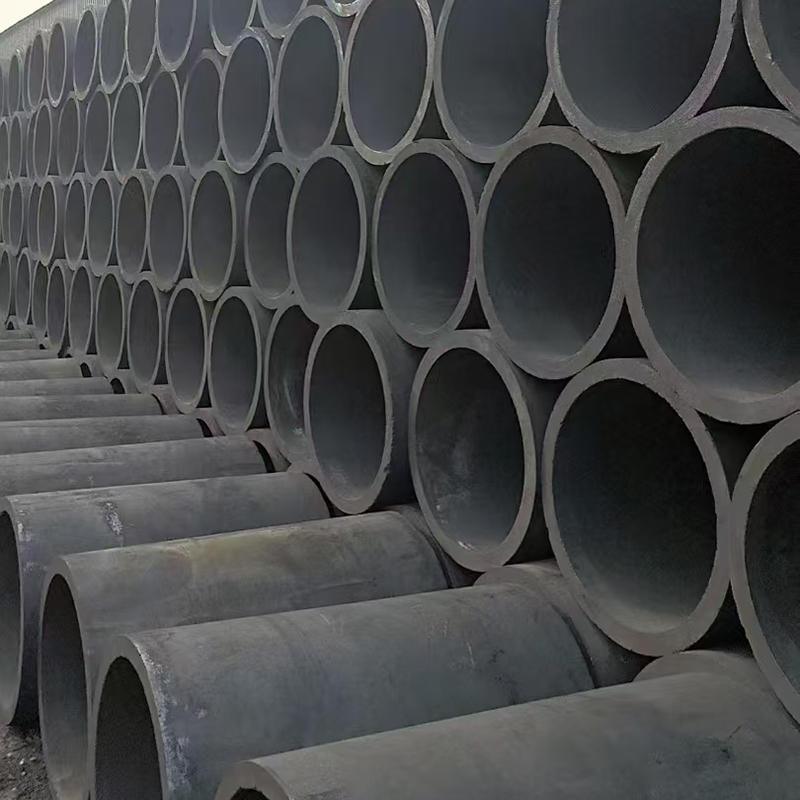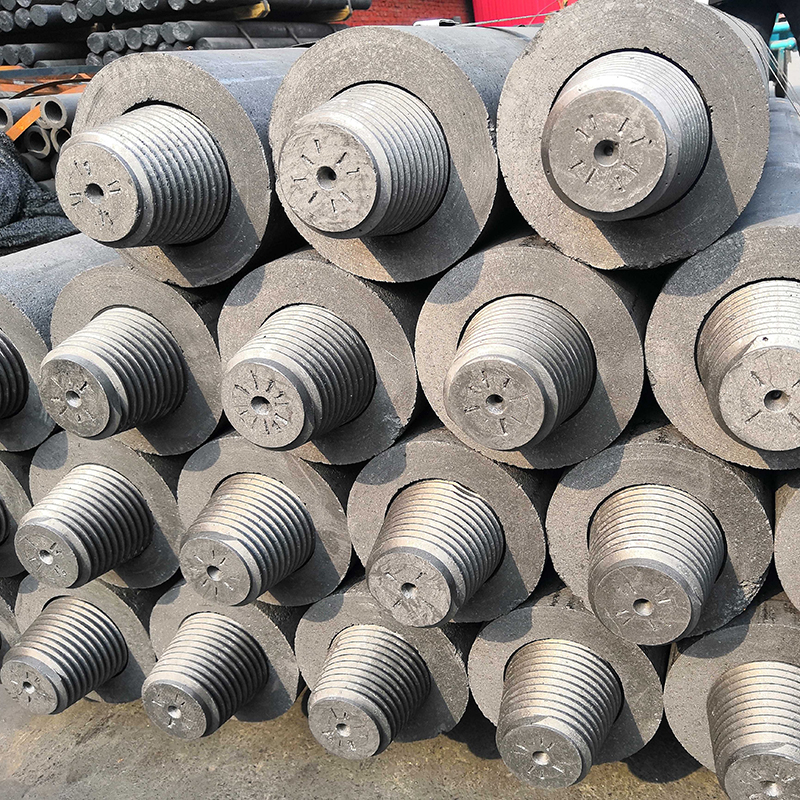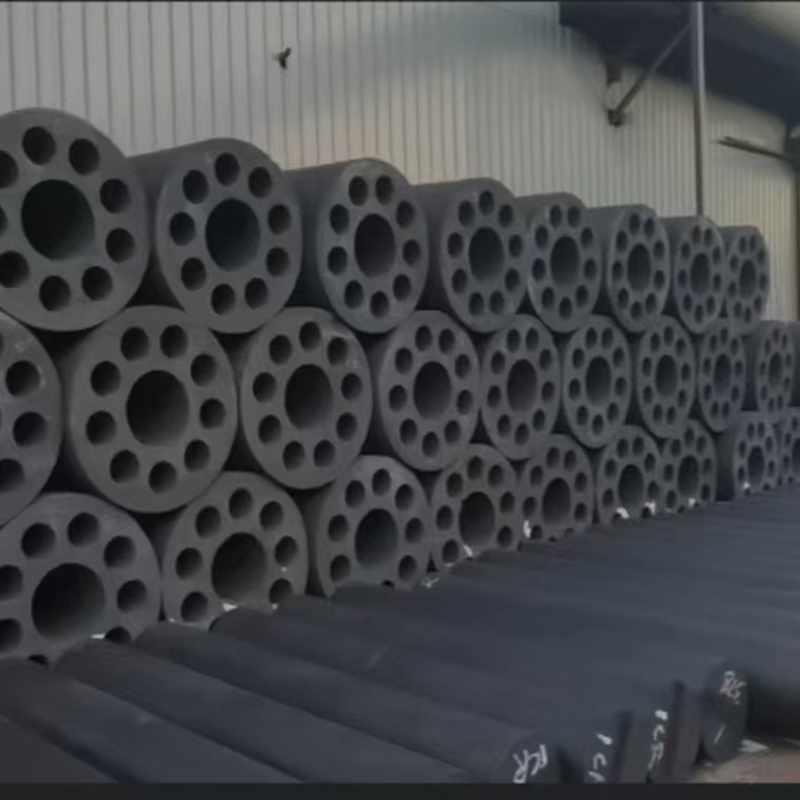- Chinese
- French
- German
- Portuguese
- Spanish
- Russian
- Japanese
- Korean
- Arabic
- Irish
- Greek
- Turkish
- Italian
- Danish
- Romanian
- Indonesian
- Czech
- Afrikaans
- Swedish
- Polish
- Basque
- Catalan
- Esperanto
- Hindi
- Lao
- Albanian
- Amharic
- Armenian
- Azerbaijani
- Belarusian
- Bengali
- Bosnian
- Bulgarian
- Cebuano
- Chichewa
- Corsican
- Croatian
- Dutch
- Estonian
- Filipino
- Finnish
- Frisian
- Galician
- Georgian
- Gujarati
- Haitian
- Hausa
- Hawaiian
- Hebrew
- Hmong
- Hungarian
- Icelandic
- Igbo
- Javanese
- Kannada
- Kazakh
- Khmer
- Kurdish
- Kyrgyz
- Latin
- Latvian
- Lithuanian
- Luxembou..
- Macedonian
- Malagasy
- Malay
- Malayalam
- Maltese
- Maori
- Marathi
- Mongolian
- Burmese
- Nepali
- Norwegian
- Pashto
- Persian
- Punjabi
- Serbian
- Sesotho
- Sinhala
- Slovak
- Slovenian
- Somali
- Samoan
- Scots Gaelic
- Shona
- Sindhi
- Sundanese
- Swahili
- Tajik
- Tamil
- Telugu
- Thai
- Ukrainian
- Urdu
- Uzbek
- Vietnamese
- Welsh
- Xhosa
- Yiddish
- Yoruba
- Zulu
- Kinyarwanda
- Tatar
- Oriya
- Turkmen
- Uyghur

Graphite Welding Electrodes: A Comprehensive Guide
2025-06-01
Graphite Welding Electrodes: A Comprehensive Guide
This guide provides a detailed overview of graphite welding electrodes, covering their types, applications, advantages, and selection criteria. Learn how to choose the right electrode for your specific welding needs and enhance your welding efficiency and quality. We’ll explore different electrode grades, safety precautions, and best practices for optimal performance.
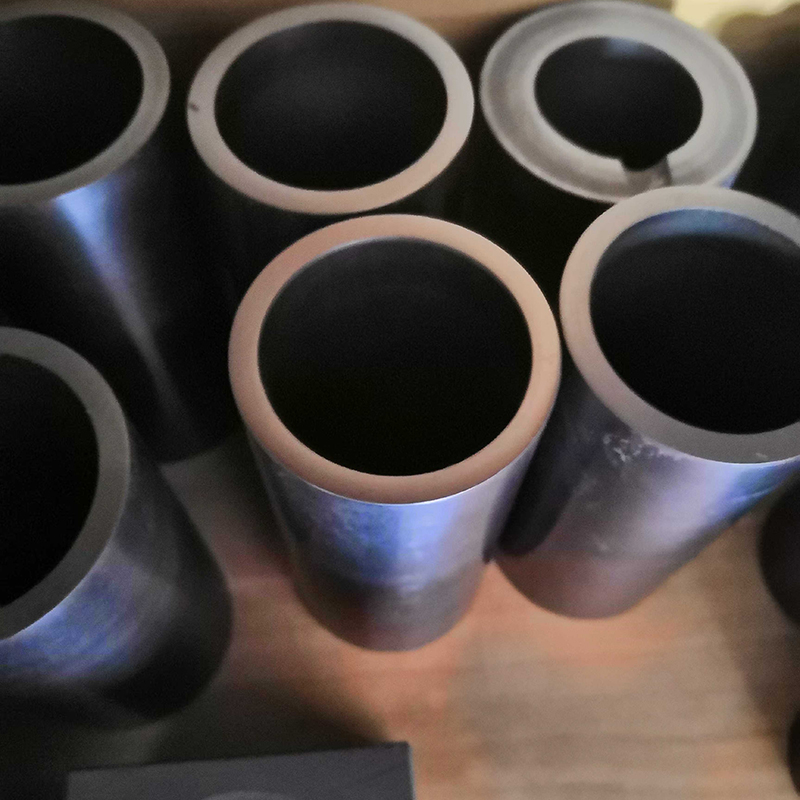
Understanding Graphite Welding Electrodes
What are Graphite Welding Electrodes?
Graphite welding electrodes are specialized electrodes used in various welding processes, primarily for applications requiring high-temperature resistance and excellent conductivity. They are manufactured from high-purity graphite, a form of carbon known for its exceptional thermal and electrical properties. These electrodes are crucial for achieving strong, durable welds in demanding industrial settings.
Types of Graphite Welding Electrodes
Different grades of graphite welding electrodes exist, each formulated for specific applications. The choice depends heavily on factors such as the base metal being welded, the required weld strength, and the welding process itself. Common types include high-density graphite electrodes for superior performance and lower-density options for cost-effectiveness. Specific manufacturers, such as Hebei Yaofa Carbon Co., Ltd., offer a range of grades tailored to diverse needs. Their expertise in carbon materials ensures high-quality electrodes for various applications.
Applications of Graphite Welding Electrodes
Industries Utilizing Graphite Electrodes
Graphite welding electrodes find widespread use across multiple industries. Common applications include:
- Metal Casting: Used in electric arc furnaces for melting and refining metals.
- Welding of Refractory Metals: Ideal for welding materials with high melting points, like tungsten and molybdenum.
- High-Temperature Brazing: Facilitates joining of components requiring high-temperature resistance.
- Electrochemical Processes: Employed as electrodes in various electrochemical applications.
Specific Welding Processes
These electrodes are compatible with several welding techniques, including:
- Gas Tungsten Arc Welding (GTAW)
- Gas Metal Arc Welding (GMAW)
- Shielded Metal Arc Welding (SMAW)
The optimal electrode type will vary based on the specific welding process and material.
Choosing the Right Graphite Welding Electrodes
Factors to Consider
Selecting the appropriate graphite welding electrodes involves considering several critical factors:
- Grade and Purity: Higher purity generally leads to better conductivity and performance.
- Diameter and Length: Chosen based on the welding application and accessibility.
- Surface Finish: A smooth surface contributes to a more stable arc and better weld quality.
- Manufacturer Specifications: Always refer to the manufacturer’s data sheets for precise recommendations.
Comparison of Different Electrode Grades
| Grade | Density (g/cm3) | Electrical Resistivity (μΩ·cm) | Typical Applications |
|---|---|---|---|
| High-Density | 1.80-1.90 | 10-12 | High-precision welding, demanding applications |
| Medium-Density | 1.70-1.80 | 12-14 | General-purpose welding |
| Low-Density | 1.60-1.70 | 14-16 | Cost-sensitive applications |
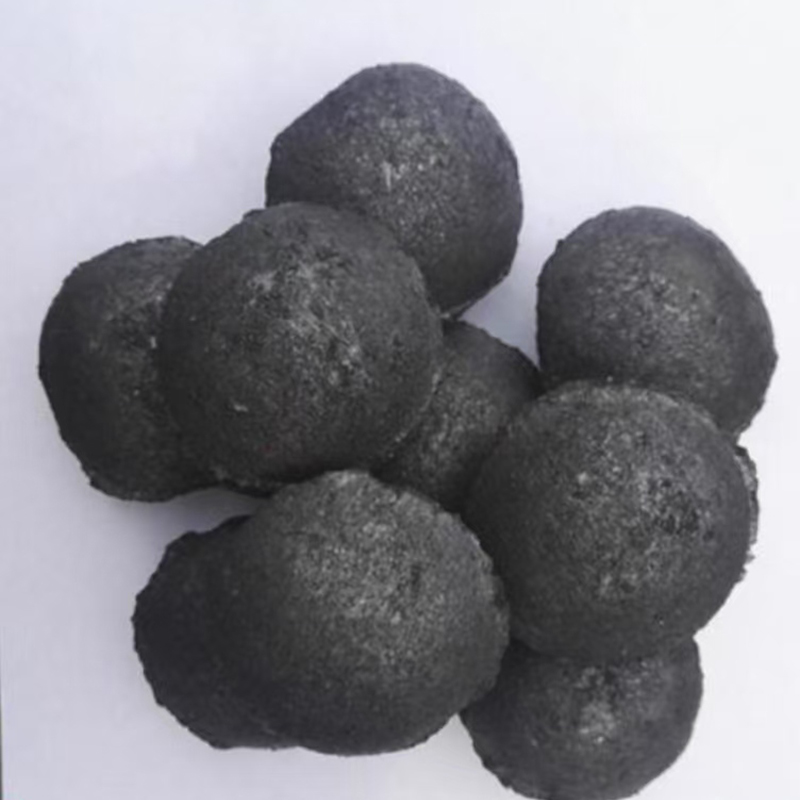
Safety Precautions and Best Practices
Always prioritize safety when working with graphite welding electrodes. Wear appropriate personal protective equipment (PPE), including eye protection, gloves, and respiratory protection. Follow the manufacturer’s instructions carefully and ensure proper ventilation in the work area. Regular maintenance and inspection of equipment are crucial for preventing accidents.
Proper electrode handling, storage, and disposal are critical for maintaining safety and maximizing electrode lifespan. Consult relevant safety data sheets (SDS) provided by the manufacturer for comprehensive safety guidelines.
By understanding the nuances of graphite welding electrodes and implementing best practices, welders can ensure high-quality welds, improve efficiency, and maintain a safe working environment. Remember to consult with experts and refer to manufacturer specifications for specific guidance on your chosen electrode type.






